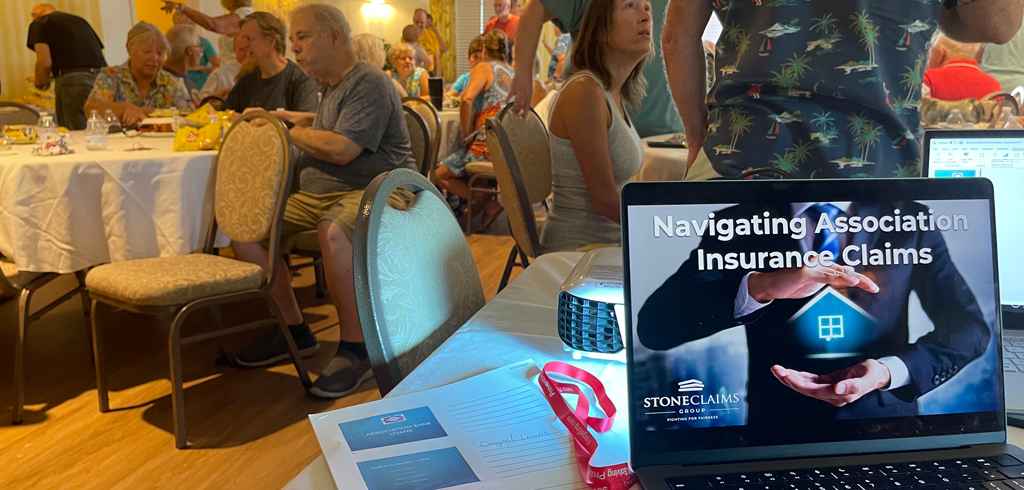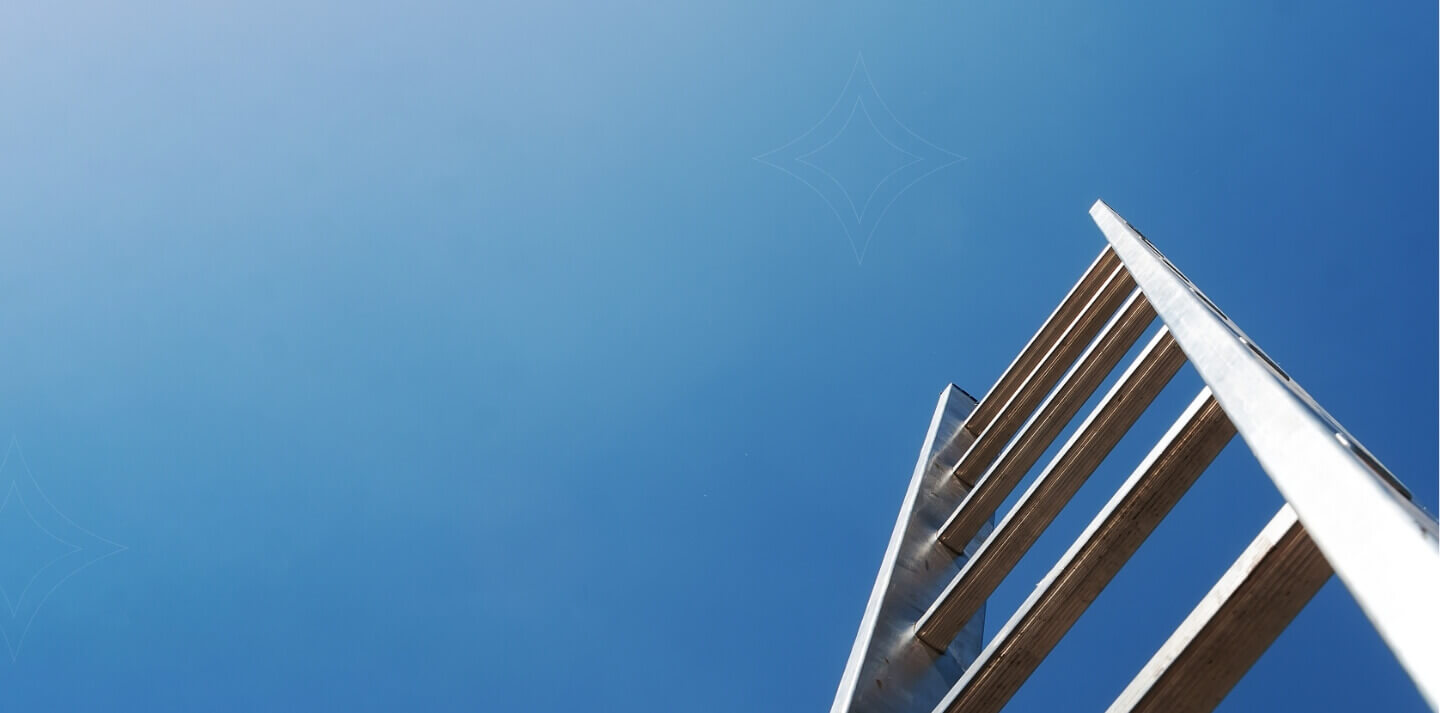What Condo Insurance Doesn’t Cover

Many condo owners wonder what is not covered by condo insurance, especially when dealing with unexpected damage or disputes. Knowing those limits helps you make better choices about added protections.
While your policy may seem thorough at first glance, there are several situations where it may fall short, sometimes in surprising ways.
Personal Belongings and Upgrades Aren’t Always Fully Protected
Standard condo insurance policies usually offer some personal property coverage, but not always to the extent owners expect. High-value items such as jewelry, artwork, and electronics often come with capped limits.
If you’ve made interior upgrades, like new countertops or custom flooring, those changes might fall outside the base policy, especially in older buildings. Unless the policy includes coverage for betterments and improvements, you might be left with out-of-pocket expenses.
Exterior Damage and Shared Property Aren’t Your Policy’s Responsibility
The outer structure of the building is generally the responsibility of the condo association. So, if a falling tree damages your roof or a crack appears in the building’s exterior, your personal insurance won’t usually step in.
This is why it’s important to know how your reserve study relates to coverage. These studies often inform what repairs the HOA may handle versus what you’re expected to deal with through personal coverage.
Flooding and Groundwater Damage Often Excluded
Water damage from internal plumbing issues might be covered but flooding from external sources, like a storm or rising groundwater, is usually not. This leaves many owners exposed during extreme weather events.
A construction assessment may help identify structural vulnerabilities, but unless you purchase additional flood insurance, losses from these events will likely come out of your pocket.
Liability Coverage May Have Unexpected Gaps
Liability protection is often included, but it might not extend to all situations. If a guest gets injured in a shared space, like a community pool or hallway, the association’s insurance may take over.
But if someone trips in your living room, your liability coverage kicks in, unless you’ve exceeded its limit. Legal fees, settlements, and medical costs can quickly add up, and many policies carry caps that leave you exposed.
Loss of Use Is Not Always Comprehensive
If a covered event makes your condo uninhabitable, “loss of use” coverage can help pay for temporary accommodations. However, this only applies to specific situations detailed in the policy. It does not typically extend to utility outages or minor inconveniences.
Be sure to clarify which scenarios activate this benefit, especially in hurricane-prone areas where mandatory evacuations can occur without property damage.
Earthquakes and Sinkholes May Be Left Out Entirely
Standard condo policies rarely include protection for earthquakes or ground collapse. In regions where these natural risks are common, separate endorsements or policies are necessary.
Some policies may even exclude damage caused by shifting soil, meaning structural cracking or uneven flooring may not qualify for reimbursement.
Master Policy Vs. HO-6 Coverage
A condo association typically maintains a master policy to cover shared areas, structural elements, and liability for common spaces. However, the scope of that policy can vary significantly. Your personal HO-6 policy may only take care of interior items and personal liability.
Damage to the building envelope or shared roofing could be out of your hands. Even your own unit’s fixtures and finishes might not be fully protected. This makes knowing what’s not included even more important.
Common Gaps in Protection
One of the most frequently misunderstood exclusions is flood damage. Standard condo insurance rarely includes flood coverage, leaving you to face out-of-pocket costs after a major weather event.
You’ll likely need a separate policy through FEMA’s National Flood Insurance Program if you’re in a high-risk zone. Earthquakes also fall into the category of excluded natural disasters. While fire or wind damage might be covered, shifting from seismic activity generally is not.
Get Clarity Before Trouble Hits
Every condo policy is different. Before assuming you’re protected, review your coverage limits, exclusions, and endorsements with a qualified advisor.
If you’re facing building issues or concerns about infrastructure risks, Stone Building Solutions offers detailed assessments and guidance customized to multifamily and condo properties.
Request an expert consultation today to protect what your policy doesn’t.
